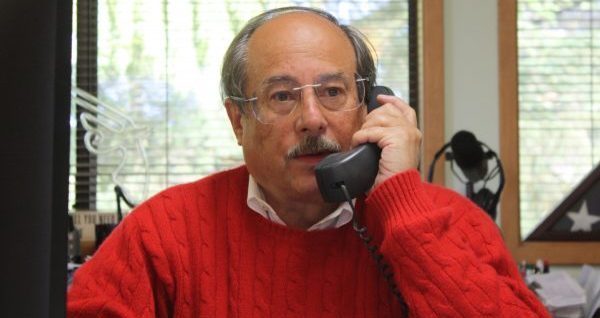
By Lee Williams
SAF Investigative Journalism Project
In his appearance before the United States Supreme Court Wednesday, attorney Paul Clement argued that New York made it all but impossible for ordinary law-abiding citizens to exercise their Second Amendment rights: specifically, their right to carry firearms outside of their home for the purpose of self-defense.
Clement, who served as solicitor general under President George W. Bush and represents the petitioners in New York State Rifle & Pistol Association v. Bruen, told the justices that carrying a concealed firearm outside the home is constitutionally protected activity, for which citizens should not be required to prove need or show cause.
The Second Amendment Foundation filed an amicus brief in this case joined by a dozen state firearms associations. Alan M. Gottlieb, SAF founder and executive vice president, believes Clement made his case. Gottlieb predicts a victory will be forthcoming.
“The oral arguments went very well for the gun-rights movement. I think the questions from the justices were telling. It appears from the questions that we may not get any of the Democrat-appointed justices to fully recognize the Second Amendment.” Gottlieb said. “However, the remaining justices tipped their hands. I predict at least a 5-4 or possibly a 6-3 victory, but the Chief Justice didn’t tip his hand too much during questioning.”
Gottlieb noted that the two attorneys representing the respondents – New York Solicitor General Barbara D. Underwood and Brian H. Fletcher, the U.S. Justice Department’s Principal Deputy Solicitor General – repeatedly suggested that if the justices did not support New York’s law, they should remand the case back to the lower court for a fact-finding trial.
“That is telling to me,” Gottlieb said. “I think at that point the anti-gun rights justices as well as the attorneys for New York recognized they are not going to win.”
New York State Rifle & Pistol Association v. Bruen will likely join the Supreme Court’s previous landmark gun-rights decisions: District of Columbia v. Heller, and McDonald v. City of Chicago.
“I think the justices recognize that lower courts thumbed their noses at Heller and McDonald, and that their decisions have been all over the place. I think the Supreme Court may be looking at cleaning up that mess,” Gottlieb said.
He believes issues not raised during the oral arguments are also telling.
“The anti-gun rights judges never addressed Second Amendment issues. They went out into the weeds on sociology questions rather than constitutional questions. They were more interested in trying to demonize guns on sociological levels, rather than acknowledging that people have constitutional rights,” Gottlieb said.
During the oral arguments, Clement deftly responded to every question from the justices, and he attacked New York’s requirement that applicants for a concealed-carry license show cause sufficient enough to convince a licensing officer that they should be granted a license to exercise their constitutional right. Eight other states have similar “show cause” laws, all of which could be impacted by the high court’s decision. The rest of the country uses a “shall issue” permitting system.
Underwood and Fletcher said issuing more licenses would result in more firearms on the street, and they argued that the justices should consider population density before making their decision –as if New York residents have different constitutional rights than residents of Wyoming.
“Simply having more firearms cannot be a problem,” Clement said during his rebuttal. “That underscores how completely untailored this law is, and population density is a double-edged sword. In a dense population, there are an awful lot of people who have Second Amendment rights.”
The Second Amendment Foundation’s Investigative Journalism Project wouldn’t be possible without you. Click here to make a tax-deductible donation to support pro-gun stories like this.